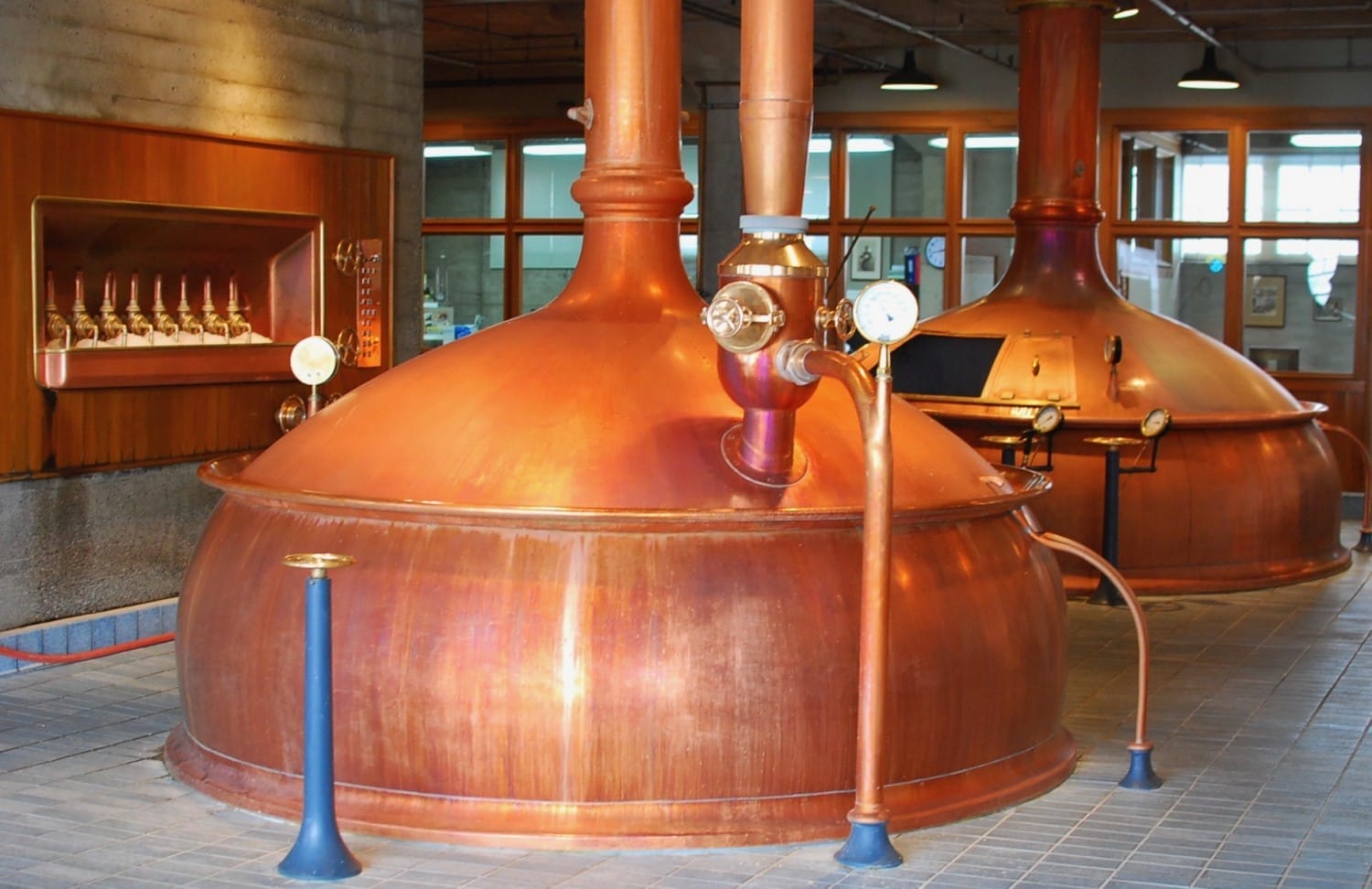European Public Transit: Weighing The Pros And Cons Of Hydrogen And Battery Buses

Table of Contents
Battery Electric Buses: A Current Leader in European Public Transit
Battery electric buses (BEBs) are currently leading the charge in many European cities. Their widespread adoption is driven by several key advantages.
Advantages of Battery Electric Buses:
- Lower Upfront Cost: Compared to hydrogen buses, BEBs have a significantly lower initial purchase price, making them more accessible to municipalities with budget constraints. This lower entry barrier is a major factor in their current market dominance.
- Established Charging Infrastructure: Many European cities already possess a network of charging stations, simplifying integration and reducing the need for extensive new infrastructure investment. This existing infrastructure makes BEBs a more readily deployable solution.
- Mature Technology: BEB technology is mature, with readily available parts, skilled technicians, and established maintenance procedures. This reduces operational risks and ensures easier repairs and maintenance.
- Quiet Operation: BEBs operate significantly quieter than diesel buses, enhancing the passenger experience and reducing noise pollution in urban environments. This contributes to a more pleasant and comfortable commuting experience.
- Lower Emissions: BEBs produce zero tailpipe emissions, contributing to cleaner air in cities and improving public health. This aligns directly with the EU's commitment to reducing air pollution.
- Improving Range and Charging: Ongoing technological advancements are steadily improving the range and charging speed of BEBs, addressing some initial limitations. Faster charging times and extended range are expanding their practicality.
Disadvantages of Battery Electric Buses:
- Limited Range: Compared to hydrogen buses, BEBs have a shorter range, potentially limiting their suitability for longer routes and requiring more frequent charging stops. Range anxiety remains a concern for some operators.
- Battery Lifespan and Disposal: Concerns exist regarding the lifespan of batteries, their eventual disposal, and the environmental impact of battery recycling. Sustainable battery recycling solutions are crucial for long-term viability.
- Grid Dependency: BEBs rely on the electricity grid, making them susceptible to power outages and fluctuations in renewable energy availability. Grid stability and the carbon intensity of the electricity source are important considerations.
- Higher Energy Consumption: Over their lifespan, BEBs may consume more energy than hydrogen buses, potentially impacting overall cost-efficiency, especially if electricity generation is not predominantly renewable.
Hydrogen Buses: A Promising but Developing Technology for European Public Transit
Hydrogen fuel cell buses (HFCBs) represent a promising alternative, although the technology is still under development and faces several hurdles.
Advantages of Hydrogen Buses:
- Longer Range: HFCBs offer significantly longer ranges than BEBs, allowing for more flexible route planning and reducing the need for frequent refueling stops. This is particularly advantageous for longer routes and less frequent service schedules.
- Faster Refueling: Refueling hydrogen buses is considerably faster than charging BEBs, minimizing downtime and maximizing vehicle utilization. This leads to improved operational efficiency.
- Green Hydrogen Potential: Using green hydrogen, produced from renewable energy sources, drastically reduces the carbon footprint of HFCBs, offering a pathway to near-zero emissions. The availability of green hydrogen is a key factor in their environmental performance.
- Suitable for Long Routes: The extended range of HFCBs makes them particularly well-suited for longer routes and areas with limited charging infrastructure.
- Significant Greenhouse Gas Reduction: With the utilization of green hydrogen, HFCBs have the potential to achieve a significant reduction in greenhouse gas emissions compared to both diesel and battery-electric alternatives.
Disadvantages of Hydrogen Buses:
- High Upfront Costs: The initial investment in HFCBs is considerably higher than for BEBs, presenting a significant barrier to adoption for many municipalities. Cost-effectiveness remains a crucial challenge.
- Lack of Infrastructure: A widespread hydrogen refueling infrastructure is currently lacking across Europe, hindering the large-scale deployment of HFCBs. Infrastructure development is essential for widespread adoption.
- Technology Maturity: The technology is still relatively immature compared to BEBs, with long-term costs and environmental impacts not fully understood. Further research and development are necessary to improve its reliability and reduce costs.
- Green Hydrogen Production: The production of green hydrogen remains energy-intensive, impacting its overall environmental benefits. Improvements in green hydrogen production methods are essential to enhance sustainability.
- Safety Concerns: Concerns exist regarding the safety of hydrogen storage and handling, requiring stringent safety protocols and careful consideration of infrastructure design. Safety regulations and public perception need to be addressed.
Comparing Lifecycle Costs and Environmental Impact: Hydrogen vs. Battery Buses in Europe
A comprehensive comparison of hydrogen and battery buses in Europe necessitates a thorough lifecycle assessment (LCA). This should encompass:
- Whole Life Costs: This includes initial investment, fuel costs, maintenance, repairs, and end-of-life management costs for both technologies. Total cost of ownership (TCO) analysis over the vehicle's lifespan is crucial.
- CO2 Emissions: A complete analysis of CO2 emissions across the entire lifecycle, from manufacturing and material sourcing to operation and eventual disposal, is essential for determining the true environmental impact. The carbon intensity of electricity generation for BEBs and the production method for hydrogen are key factors.
- Renewable Energy Impact: The influence of renewable energy sources on the overall environmental footprint of both technologies needs to be carefully evaluated. The use of renewable energy for charging BEBs and green hydrogen production for HFCBs significantly alters the environmental impact.
- Cost-Effectiveness Analysis: Comparative analysis of the total cost of ownership (TCO) for different operational scenarios, including route lengths, passenger numbers, and charging/refueling infrastructure availability, is crucial for informed decision-making.
Conclusion:
The choice between hydrogen and battery electric buses for European public transit is complex, with each technology presenting distinct advantages and disadvantages. Battery electric buses represent a more mature and currently cost-effective solution in many scenarios, particularly in cities with established charging infrastructure. However, hydrogen buses offer the potential for longer ranges and faster refueling, making them appealing for specific applications. The optimal choice depends on various factors, including route specifics, infrastructure availability, environmental targets, and long-term financial considerations. Continued investment in research and development, alongside strategic infrastructure planning for both technologies, is vital for maximizing the benefits of both hydrogen and battery buses in creating a sustainable and efficient European public transport system. Further detailed lifecycle assessments of hydrogen and battery buses in Europe are crucial for informed and effective decision-making. Investing in robust research on both hydrogen and battery buses in Europe is vital for the future of sustainable public transport.

Featured Posts
-
 De Echte Soldaat Van Oranje Het Leven Van Spion Peter Tazelaar
May 07, 2025
De Echte Soldaat Van Oranje Het Leven Van Spion Peter Tazelaar
May 07, 2025 -
 From Wednesday To Scream Queen Jenna Ortegas Horror Reign
May 07, 2025
From Wednesday To Scream Queen Jenna Ortegas Horror Reign
May 07, 2025 -
 The Race To Fix Air Traffic Control Addressing The I Dont Know Where You Are Problem
May 07, 2025
The Race To Fix Air Traffic Control Addressing The I Dont Know Where You Are Problem
May 07, 2025 -
 Charles Barkleys Unpopular Opinion On The Cleveland Cavaliers
May 07, 2025
Charles Barkleys Unpopular Opinion On The Cleveland Cavaliers
May 07, 2025 -
 Cavs Playoffs Tickets Round 2 On Sale Tuesday
May 07, 2025
Cavs Playoffs Tickets Round 2 On Sale Tuesday
May 07, 2025
Latest Posts
-
 The Closure Of Anchor Brewing Company What Next For San Franciscos Iconic Brewery
May 08, 2025
The Closure Of Anchor Brewing Company What Next For San Franciscos Iconic Brewery
May 08, 2025 -
 Ray Epps Sues Fox News For Defamation Over January 6th Coverage
May 08, 2025
Ray Epps Sues Fox News For Defamation Over January 6th Coverage
May 08, 2025 -
 Secret Service Wraps Up Probe Into White House Cocaine Incident
May 08, 2025
Secret Service Wraps Up Probe Into White House Cocaine Incident
May 08, 2025 -
 Palisades Fire Aftermath A List Of Celebrities Who Lost Properties
May 08, 2025
Palisades Fire Aftermath A List Of Celebrities Who Lost Properties
May 08, 2025 -
 2 0 76
May 08, 2025
2 0 76
May 08, 2025
